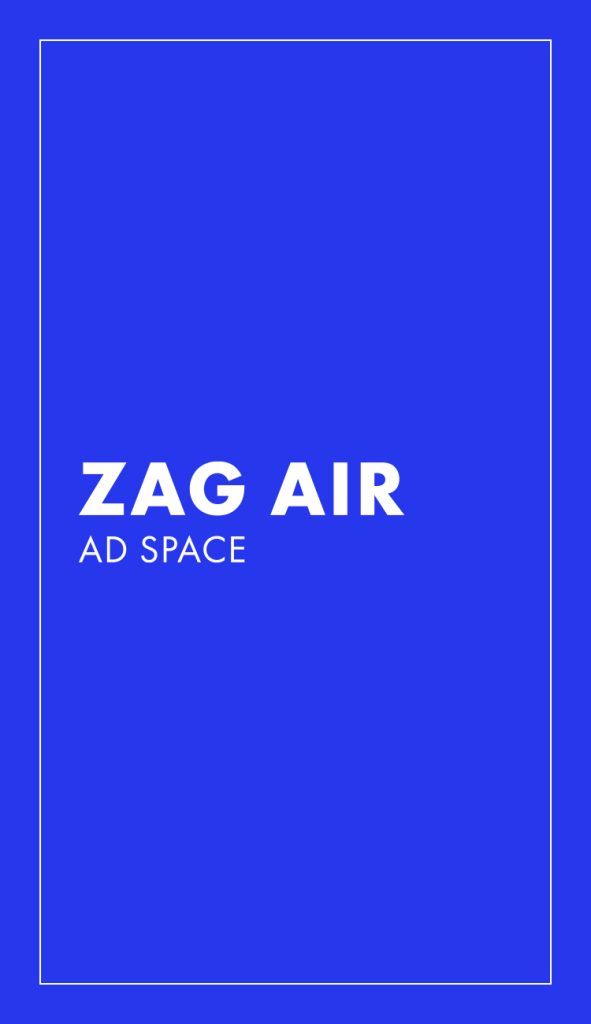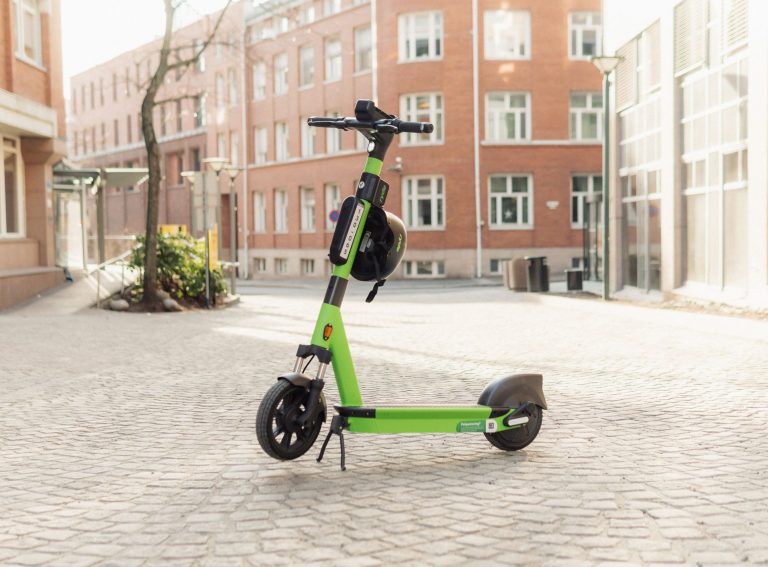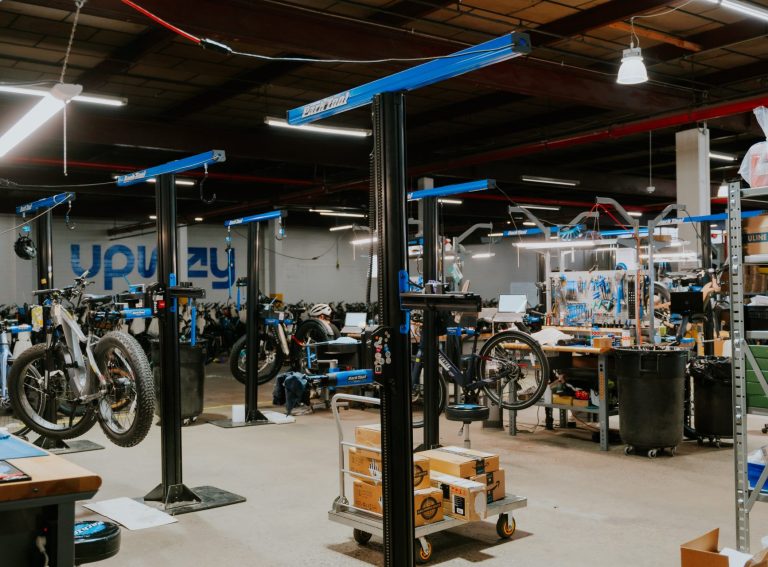Image Credit: © Volocopter
“Every piece of new tech feels crazy, unknown and scary before it becomes the norm. In a few years, we’ll look back and this will just be normal.”
That’s what CEO of Volocopter Dirk Hoke has to say about urban air mobility, and his aerospace company that will launch its electrical vertical takeoff and landing (eVTOL) services this summer.
More than 10 years on since its initial prototype – which was the world’s first ever crewed flight with an eVTOL multicopter – Volocopter has developed an entire ecosystem to offer all-electric flights over megacities across the world.
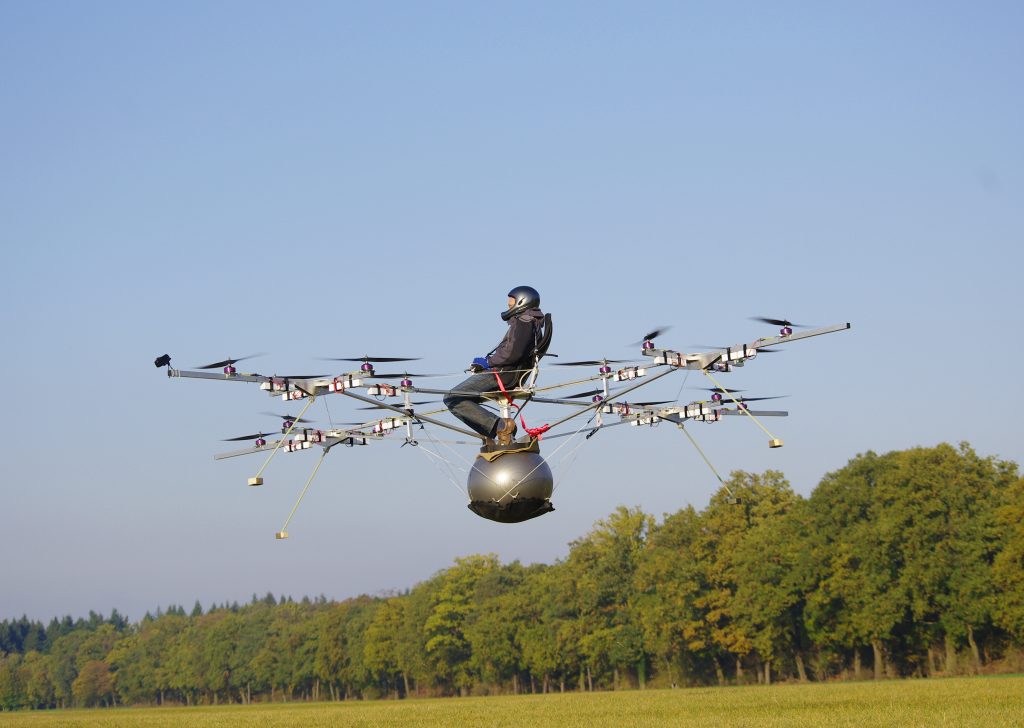
“Now more than ever, we take steps forward to decarbonize aviation through our all-electric aircraft and standardise a convenient and alternative mobility option to global cities,” Dirk tells Zag Daily.
An integrated ecosystem
The first launch of the ecosystem will see the VoloCity air taxi fly in the lower airspace and bypass the hustle of city streets. With two seats, the 18-rotor aircraft is designed to act as an intermediary between key transportation hubs such as airports and train stations.
With all 18 rotors operating in a narrow frequency range, the result is an electric air taxi that’s four times quieter than a helicopter. The rotors, electric motors, batteries, avionics and display also have at least two replacements to ensure safety and exceed the technical specifications required.
Having seen over 2,000 test flights in cities such as Dubai, Singapore, Osaka, and New York, Volocopter will launch a piloted VoloCity aircraft with one passenger before it then expands to hold five passengers.
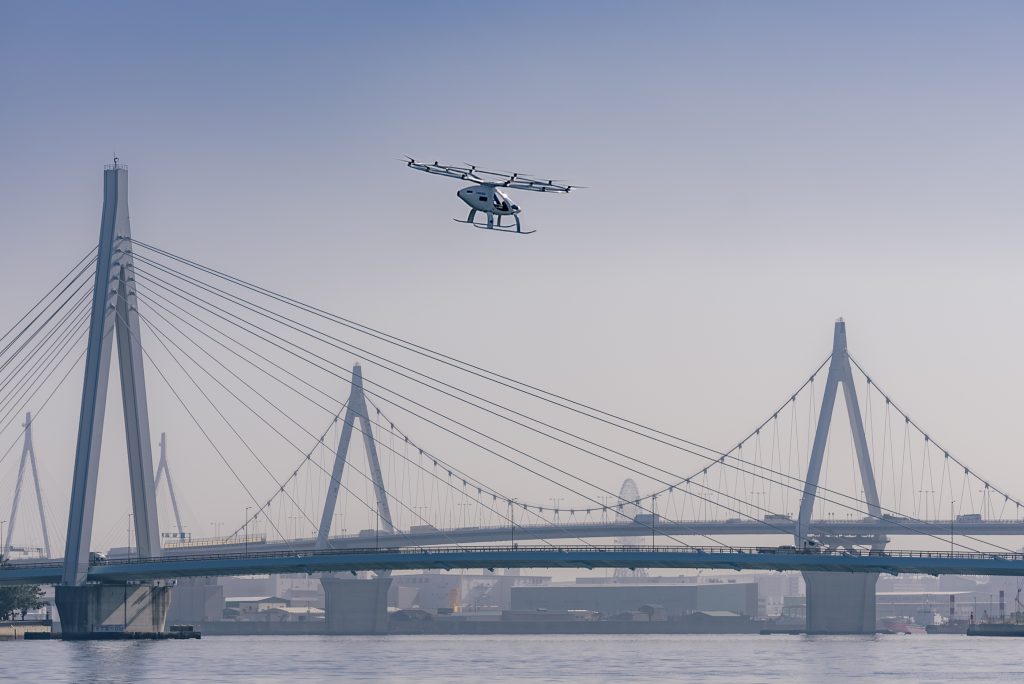
So is it really as simple as just hopping onto an all-electric aircraft that’s waiting at a vertiport just for you?
Dirk says it is. “Just how you’d need the necessary documentation when you go to an airport, you’d bring that to the vertiport and then you’re ready to go.”
The next element of the ecosystem is the VoloRegion. Designed for a longer range than the VoloCity, the VoloRegion will be able to accommodate four passengers up to 100 kilometres away at a maximum airspeed of 250 kilometres per hour.
Bridging the gap between cities and their suburbs, the VoloRegion is designed to meet out-of-town errands while living up to the highest standards and requirements set out by the European Aviation Safety Agency.
And then there’s Volocopter’s contribution to next-level sustainable logistics: the VoloDrone, which has a 200 kilogram payload and a range of 40 kilometres and is designed to serve the logistical purposes that other transportation modes can’t. These could include retail deliveries, building site assistance, shore-to-ship deliveries and disaster relief.
Emergency aid
With various humanitarian tragedies present in the world, Dirk explains how VoloCopter is a company that’s adapted to the times.
The VoloRegion and the VoloDrone can serve island-to-shore flights and offer instant transportation to particularly remote areas. And one use for the VoloCity is to quickly get medical professionals across the city when saving time is critical.
This life-saving mission from Volocopter is part-solidified by its partnership with ADAC Luftrettung – one of the largest air rescue organisations in Europe.
Having joined forces back in 2018, ADAC Luftrettung has since purchased two VoloCity aircrafts and secured 150 aircraft options for the future generation of the aircraft.
A feasibility study by ADAC on the use of multicopters in emergency services used the VoloCity air taxi to create 26,000 simulations of aeromedical missions in Germany. The study found that multicopters could extend the supply areas of the emergency doctors, and also zoomed in on the possibility of setting up 250 multicopter sites throughout Germany to add to existing rescue transport helicopters and ground-based emergency services.
This year will see ADAC Luftrettung use the VoloCity aircraft for its research operations after receiving type certification from the European Union Aviation Safety Agency.
Accessibility to piloting
Initial flights for the VoloCity will be piloted before becoming a fully autonomous service. As is the design, the aircraft will be conducting short flights back and forth to rapidly transport passengers across congested cities.
“Today’s pilots may find these short distances unappealing as they might not want to fly the same route back and forth repeatedly,” Dirk says.
Instead, the former CEO of Airbus Defence and Space explains how these aircrafts will open up job prospects for new generation pilots that may look for more flexibility in their job.
“Since we’re covering local flights with our VoloCity air taxis, pilots can conveniently do half-day shifts flying our aircraft and use the rest of their time to fit their lifestyle.”
Indeed, Dirk envisions flying with the VoloCity will become as usual as taking an Uber or a bus to move from A to B.
“Volocopter is making becoming a pilot the norm.”
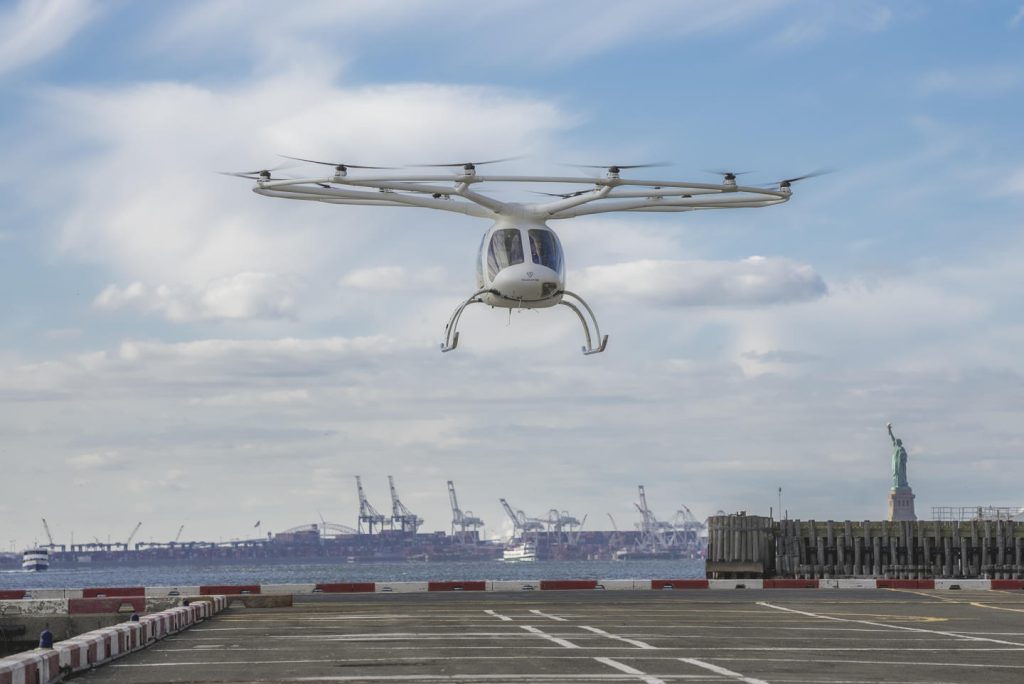
Where from here?
Launching in time for this summer’s 2024 Olympic and Paralympic games in Paris, the VoloCity air taxi is on a mission to become the first eVTOL aircraft to fly commercially in the western hemisphere.
Having partnered with Paris’ Groupe ADP and the city’s public transit operator RATP, Volocopter has been working closely with these public transportation authorities during the past 36 months and paves the way for a two-year trial phase in the population-dense French capital.
Operations in Paris will initially use five vertiports and gradually grow to cover the entire capital’s region over the next 10 years.
Dirk is also hoping that the VoloCity’s low noise signature and zero in-flight emissions will grant it access to the no-fly zone in Paris.
“If you can fly in Paris, you can fly anywhere.”

